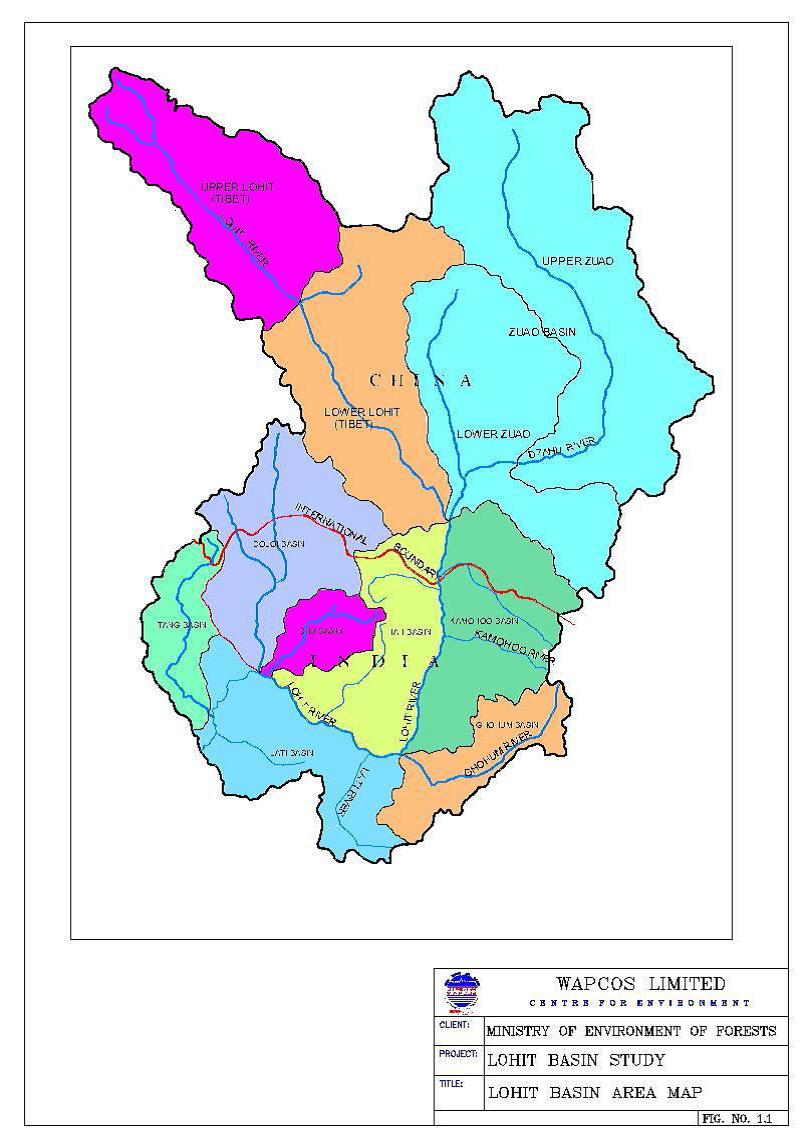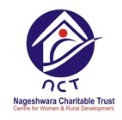Surface Water
Basin-level impact assessment study of the Lohit river - A study by WAPCOS & Ministry of Environment and Forests (2011)
Posted on 19 Mar, 2012 11:29 AM
Draft National Water Policy (2012) fails to take into account the multiple, complex problems and issues relating to water in India says M S Vani
Posted on 18 Mar, 2012 05:49 PMGuest post by: M S Vani
Perusing the draft, one comes across all the ‘right’ concepts, words liberally sprinkled throughout the document, describing the resource:-
- Natural resource
- Hydrological cycle
- Ecological needs of rivers
- Climate change
- Sources pollution
and our intended response to it :-
Status of water supply in in class-I cities and class-II towns of Uttar Pradesh (UP)
Posted on 17 Mar, 2012 10:15 PMSource: Central Pollution Control Board’s 2009-10 Report
Class of cities/towns |
Integrated water management for rural/urban India: Common effluent treatment plant can conserve fresh water in industrial estates
Posted on 17 Mar, 2012 11:02 AMAuthors : Vasudevan Rajaram and John R. Sheaffer
Implementation of the interlinking of rivers project (ILRP): Bangladesh raises concerns
Posted on 12 Mar, 2012 11:50 AMAuthor : Md. Khalequzzaman, P.D.
Lessons for rural water supply - Assessing progress towards sustainable service delivery - India - IRC International Water and Sanitation Centre, The Hague
Posted on 10 Mar, 2012 04:24 PMThe study looked beyond a simple description of the situation towards broader processes of decentralisation and political leadership, in an attempt to unpack what has gone right or, as in many cases, what has gone wrong, within the rural water sub-sector.
Does it ever rain at this time? Poignant, short film capturing the story of the after-effects of unexpected heavy rain in Akola
Posted on 06 Mar, 2012 06:17 PMVideo Courtesy: Voice WOTR
GIS mapping of wetlands: Strengthening indigenous peoples response to multiple-use water services (MUS)
Posted on 05 Mar, 2012 11:04 AMArticle Courtesy : Resources Centre for Sustainable Development
The interactive GIS mapping of wetlands and MUS intervention sites is one of the outputs of the project.
Interactive layers are present on the left panel of the pdf file.
Drafting a new National water policy, 2012 without consulting the farmers would be meaningless
Posted on 04 Mar, 2012 11:02 PMAuthor : Phanish Sinha
NCP invites applications for Technical Officer – Watershed Development, Nagpur / Chhindwara, Maharashtra, Madhya Pradesh - Apply by March 9, 2012
Posted on 02 Mar, 2012 08:21 PMContent courtesy: DevNetJobsIndia

Nageshwara Charitable Trust (NCT), Centre for Women and Rural Development, is a Nagpur based reputed social organization working since 12 years. NCT is associated with National Bank for Agriculture and Rural Development (NABARD) since 9 years and implementing almost all women development, Rural development, Tribal Development and Natural Resource Management projects / programmes for it. NCT has promoted over 8600 SHGs, mainly for NABARD, supported over 200 Farmers’ Clubs since its inception. NCT is implementing 14 Tribal Development projects (Wadi Project) for NABARD in Maharashtra, Madhya Pradesh and Chhatisgarh states.





